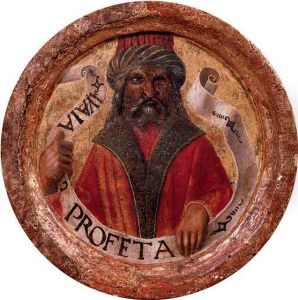Bernardino Jacobi Butinone Paintings
Bernardino Jacobi Butinone, also known as Bernardino de' Conti, was an Italian Renaissance painter who was active primarily in the region of Lombardy during the late 15th and early 16th centuries. He was born around 1436, although precise details about his early life and training are not well-documented. Butinone is often associated with the town of Treviglio, near Milan, where he is believed to have been born and spent much of his life.
His artistic career is noted for his collaboration with Bernardino Zenale, an artist with whom he worked closely for many years. Together, they completed several significant commissions that combined elements of the Lombard and Venetian traditions, creating works that were known for their rich color and detailed narrative qualities. Butinone's style was influenced by that of Vincenzo Foppa and Andrea Mantegna, among others, and he was part of the Lombard school that was distinct for its attention to detail and love of ornamentation.
One of the masterpieces attributed to Butinone and Zenale is the altarpiece for the Certosa di Pavia, a grand Carthusian monastery, which they worked on from 1490 to 1493. The altarpiece is notable for its complex iconography and the skillful integration of architectural elements. Butinone's individual works often depicted religious scenes and included altarpieces, frescoes, and smaller devotional paintings. His understanding of perspective and his ability to convey human emotion were particularly admired.
While Butinone's exact date of death is not known, he is believed to have been active until at least 1507, as indicated by the date on his last known work. His contributions to the Italian Renaissance, particularly within the Lombard region, reflect the transitional period of art in northern Italy, where the influences of the Early Renaissance gave way to the more expressive and complex compositions of the High Renaissance. Butinone's works can be found in various Italian churches and museums, offering insight into the regional characteristics and stylistic developments of the period in which he lived and worked.
